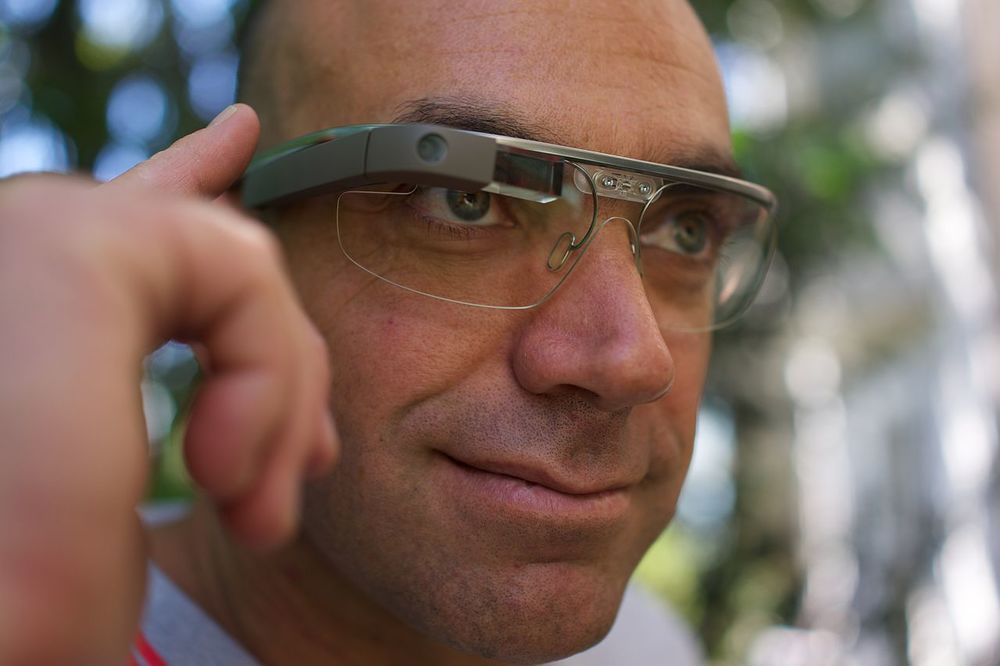
The first round of reviews are in for the Apple Watch, and for the most part the voices at the big newspapers and websites are saying what people said about the first iPhone: it’s groundbreaking and impressive, although it has some flaws. The reviews are a mixture of awe and annoyance; Farhad Manjoo, writing at the New York Times, noted how it took him three days to fall in love with the device, “but once I fell, I fell hard.”
A common thread through the reviews seemed to be that the Watch does make interaction with the digital world less obtrusive than whipping out an iPhone and scrolling through screens, but that it has its own set of annoyances. Josh Topolsky, writing for Bloomberg Business, noted that he ended up needing to turn off a number of notifications so that he wasn’t constantly getting pings or taps from the Watch.
For some of the crowd that will begin pre-ordering the Watch early Friday morning, those annoyances may overpower any love for the device’s cool features. I have a good feeling that the somewhat magical experience described by many of the reviewers will overshadow the annoyances, and that the Watch will become a valuable addition — although not a major addition — to Apple’s bottom line.
So let’s take a look at another mega-hyped device that seemingly never made it out of a protracted and expensive “Explorer” program — Google Glass. The product is out of the limelight now; when it was first announced with fanfare, a lot of bloggers and columnists thought this was our digital future — walking around with a head-mounted display that could serve as an augmented reality headset, a video and still camera, and keep users in constant touch with the world.
Google Glass has now been pulled back into the labs for an overhaul, with ex-Apple and Nest executive Tony Fadell leading the charge to create a product that he says won’t be released until it’s “perfect.”
I think that Glass, as cool as the technology may seem, has failed so far for one very good reason — in interactions with other human beings, the one thing we don’t want to see is something that is “in your face”. A number of states and countries have raised concerns ranging from safety — having someone watching video or text while driving — to privacy, since the device can take pictures and video in an inconspicuous manner.
While Glass is immediately identifiable to most people thanks to the somewhat conspicuous projector above the right eye, many people won’t even notice that someone else is wearing an Apple Watch. It’s not directly between you and another person during a conversation, although you may glance at it or even interact with it. A lot of people still wear watches as jewelry or timepieces, so glancing at one’s wrist now and then isn’t exactly out of normal social behavior.
If I were to venture a look into the future, I think we’ll see Glass rightfully taking its place on the faces of people performing specialized tasks — doctors getting augmented reality views of a patient they’re working on or having patient vital signs within sight during an operation, airline mechanics looking up maintenance procedures, policemen getting information during traffic stops or altercations.
But in the long run, the larger market for wearables will be Apple’s, even if sales of the first-generation Watch are tempered by concerns about battery life or too many notifications. The Watch has received a tremendous amount of press, the reviews are cautiously optimistic, and by not being “in your face”, it’s going to be a much more amenable wearable than a head-mounted device will ever be.
That’s my opinion, of course. Let’s hear your thoughts on where you think both smartwatches and head-mounted displays may take us in the future.
